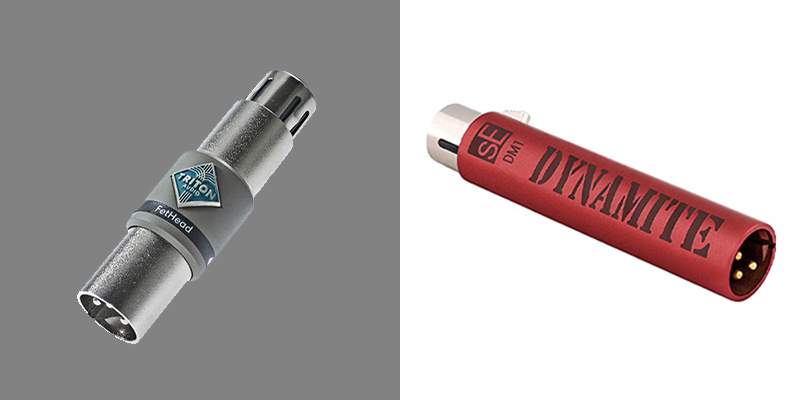
The Triton FetHead and SE Electronics DM1 Dynamite are in-line microphone preamps (or activators) that help boost the signals of dynamic microphones. They are popular and versatile choices for improving your mic setup if you’re experiencing low signal levels.
In this post, we’ll take a detailed look at the FetHead vs Dynamite by comparing their features, specs, and pricing.
| Fethead | Dynamite | |
|
Price (US retail) |
$90 |
$129 |
|
Weight (lb) |
0.12 lb (55 g) |
0.17 lb (77 g) |
|
Dimensions (H x W) |
3 x 0.86 in (76 x 22 mm) |
3.78 x 0.75 in (96 x 19 mm) |
|
Suitable for |
Dynamic mics |
Dynamic mics |
|
Connections |
Balanced XLR |
Balanced XLR |
|
Amplifier type |
Class A JFET |
Class A JFET |
|
Signal Boost |
27 dB (@ 3 kΩ load) |
28 dB (@ 1 kΩ load) |
|
Frequency response |
10 Hz–100 kHz (+/- 1 dB) |
10 Hz–120 kHz (-0.3 dB) |
|
Input impedance |
22 kΩ |
Not specified |
|
Power |
28–48 V phantom power |
48 V phantom power |
|
Color |
Metallic Silver |
Red |
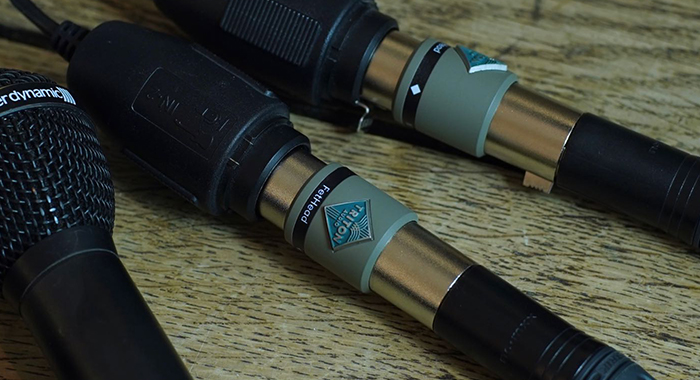
FetHead is a compact, sturdy, ultra-low noise mic activator that sounds great.
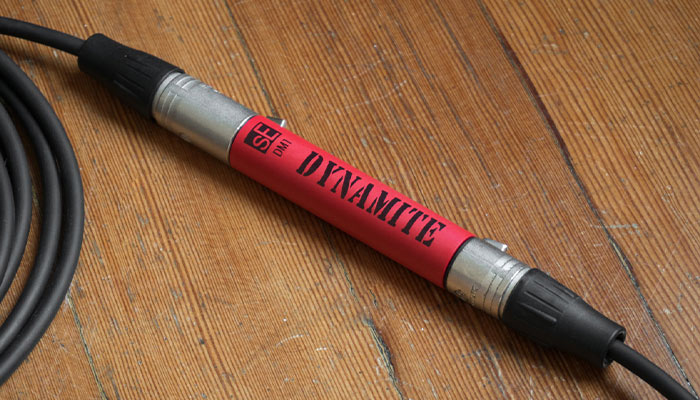
DM1 Dynamite is a robust, visually striking, and great-sounding mic activator with very consistent gain.
Let’s look closer at the key features of the Triton FetHead vs SE Dynamite.
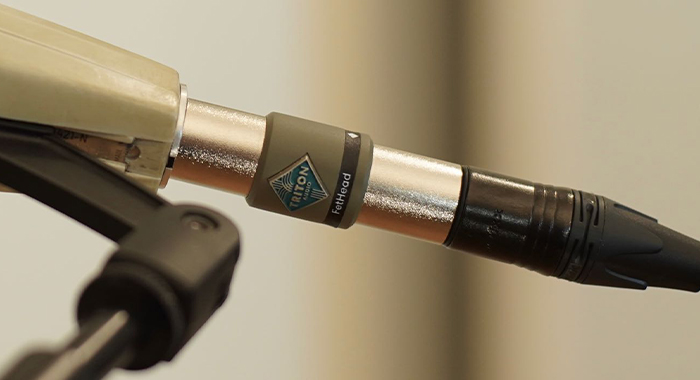
Both the FetHead and Dynamite have all-metal constructions and robust build quality. They are both slim and compact, with the FetHead being slightly thicker than the Dynamite (by 1/10th in) and shorter (by 3/4rs in).
Both are also devoid of switches or controls and have a simple, utilitarian design—they fit seamlessly into mic setups.
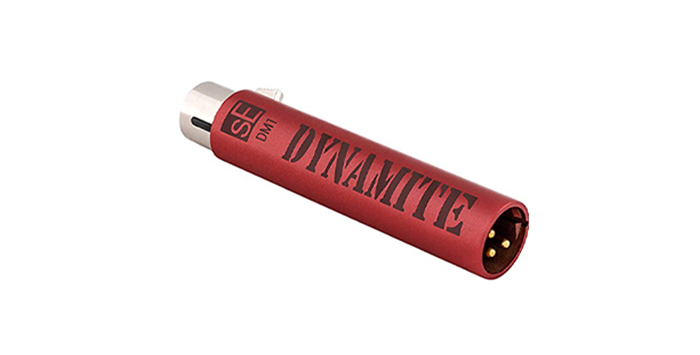
As for color, the FetHead is metallic silver and has a more classic look, but the Dynamite has a striking red color—it makes a bold statement but may be too distracting for some.
Both the FetHead and Dynamite are suitable for passive dynamic or ribbon microphones, i.e., not with condenser or other active microphones.
In both cases, you connect one end to your dynamic microphone and the other end to your balanced XLR cable.
You can also connect directly between your input device (e.g., audio interface or regular mic preamp) and an XLR cable that connects to your mic.
Both activators also use phantom power but will not pass this onto connected mics, so they’re safe to use with dynamic or other passive microphones.
The FetHead’s gain is specified as 27 dB for a 3 kΩ load. This will differ, however, depending on the load impedance (refer to chart below).
The Dynamite’s gain is specified as 28 dB for a 1 kΩ load. What’s impressive about the Dynamite’s gain, however, is its level of consistency with different loads. This has been confirmed with tests done by industry-leading audio engineers.
Both activators also claim to give you clean gain—but just how clean is it?
The FetHead has an equivalent input noise (EIN) of around -129 dBu. The EIN is a standard way of measuring noise levels in preamplifiers (in units of dBu), with a lower number being better (i.e., less noise). Based on its EIN rating, the FetHead provides ultra-low noise gain.
How does the Dynamite compare? Unfortunately, the manufacturer specifications differ between the two activators, so it’s difficult to make a direct comparison.
Regardless, the Dynamite has a quoted noise level of 9 µV (A-weighted Japanese standard). On a calculated basis, this translates to an EIN of around -127 dBu, which is also a very strong result. But it’s not directly comparable to the FetHead due to the different measurement standards used.
While it’s difficult to compare the two directly, it’s safe to say that both activators provide extremely low noise gain.
The FetHead has a quoted frequency range of 10 Hz–100 kHz (i.e., much wider than human hearing) and frequency response with only +/- 1 dB variation across the frequency range (refer to chart below).
This is flat frequency response, meaning that the FetHead won’t add too much coloration to sound.
The Dynamite’s quoted frequency range is also very wide, i.e., 10 Hz–120 kHz, and its frequency response is even flatter than the FetHead’s, i.e., +/- 0.3 dB. Once again, this has been confirmed by industry-leading audio engineers and suggests very little, if any, coloration of sound.
One way to gauge the signal transfer characteristics of both activators is to consider their input impedances.
All else equal, when the input impedance of a preamp is high relative to the impedance of a connected microphone, there’ll be more signal voltage transferred to the preamp. This means that more of the original sound characteristics are captured by the preamp.
While it’s not clear what the Dynamite’s input impedance is (not specified), we know that the FetHead’s input impedance is particularly high at 22 kΩ. This makes for strong levels of signal transfer between a connected mic and the FetHead, translating to a more natural and open sound compared to using preamps with much lower input impedances (e.g., 1–3 kΩ).
That said, the Dynamite produces a very clean and transparent boost to your mic signal.
The FetHead costs less ($90) than the Dynamite ($129), although you can often pick up the Dynamite for around $99.
The Triton FetHead and SE Electronics DM1 Dynamite both provide ultra-low noise gain, with the Dynamite giving you more consistent gain. Both are also compact, sturdy, and fit easily in a mic setup, with the Dynamite having a striking red color.
Both will give you great sound quality, with the Dynamite having a flatter frequency response but the FetHead providing a slightly more natural and open signal transfer.
All considered, the main differentiators are:
Either way, if you’re looking to boost your dynamic mic signal in a seamless, low-noise way, you won’t be disappointed by either of these excellent mic activators!